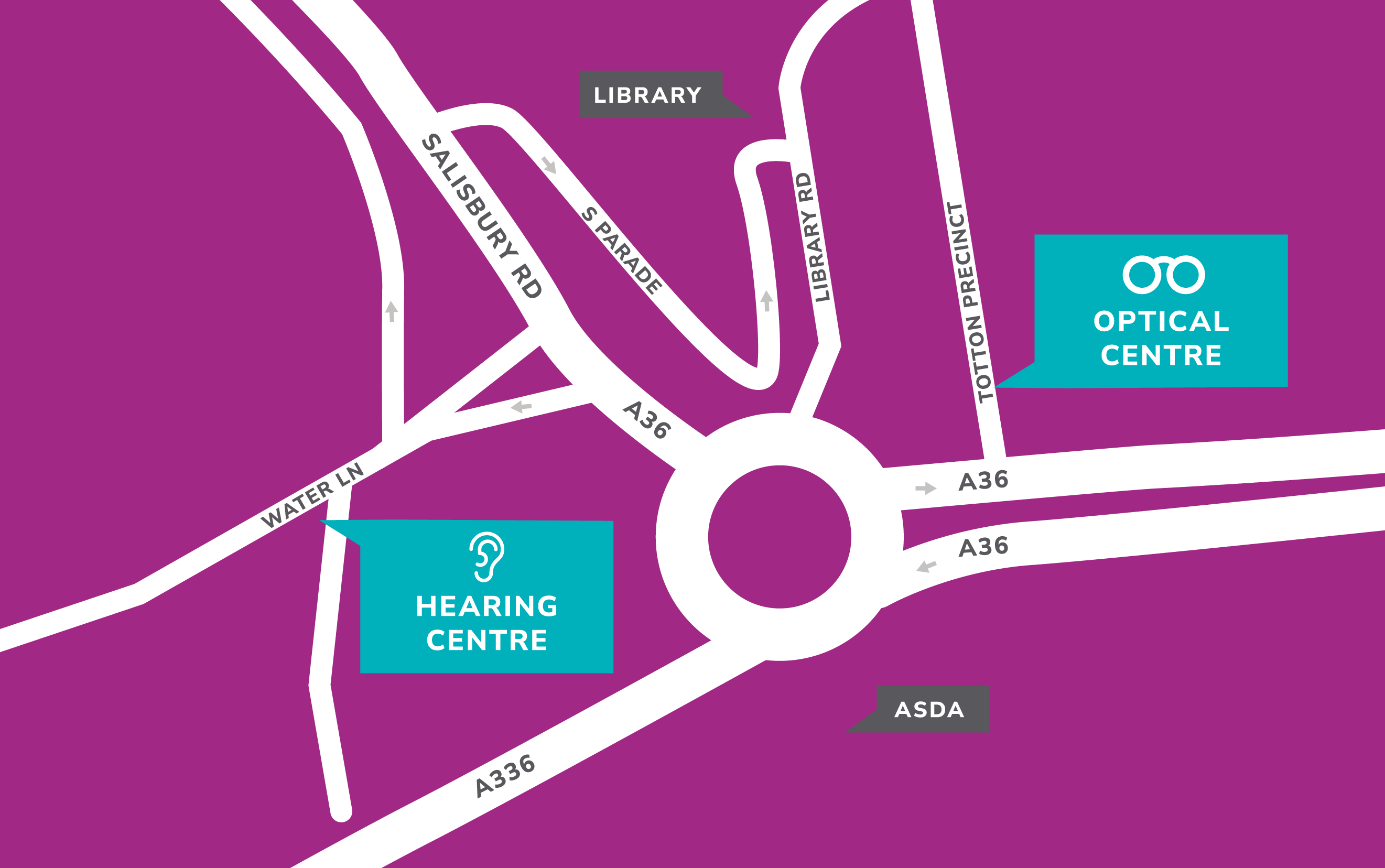
We are delighted to announce that as of 17th January 2024, Leightons Opticians & Hearing Care Totton and Clapham Optical are joining forces to offer exceptional eye and hearing care to Totton and the surrounding areas.
It is an honour to be joining together with another independently run family business, with whom we share not just similar values, but a similar history too. Both Nick Clapham and Ryan Leighton are the third-generation caretakers of the companies that their grandfathers built; companies that pride themselves on high quality care, exquisite products and people who love what they do.
A short history of Clapham Optical
Clapham Optical first opened its doors in Totton in 1967 with Nick’s grandfather, Raymond Fletcher Clapham, at the helm. His son Vincent qualified as a Dispensing Optician in 1980 and ran the practice successfully for decades before handing the reins to his son, Nick, in 2018.
Throughout their history, the Clapham Optical team have remained proudly independent and delight in the freedom it provides for them to curate beautiful high quality eyewear from manufacturers around the world who are just that little bit different.
Joining forces
Now, in 2024, Clapham Optical has joined with Leightons to further advance our collective service offering. Our people are coming together across the two existing locations – the Commercial Road practice is renamed Clapham & Leightons: Optical Centre, focusing on all things optical including eye exams, glasses and contact lenses. At the same time, the Water Lane practice becomes Clapham & Leightons: Hearing Centre to provide hearing assessments, wax removal, hearing aids and all-round hearing care excellence.

From the best in technological advances, staff training, state-of-the-art products and hearing care services, to frames that will turn heads – we’re future-proofing our businesses so we can help you to live life to the full, year on year and for generations to come.
We can’t wait to see you
Together with Nick and the Clapham Optical team, we can’t wait to welcome you with a fresh look, while maintaining the expert service and experience you know and trust.
You can book an eye test or a hearing test online, call us on 02380 865 493, or simply pop in and say hello – we’d love to show you round!








